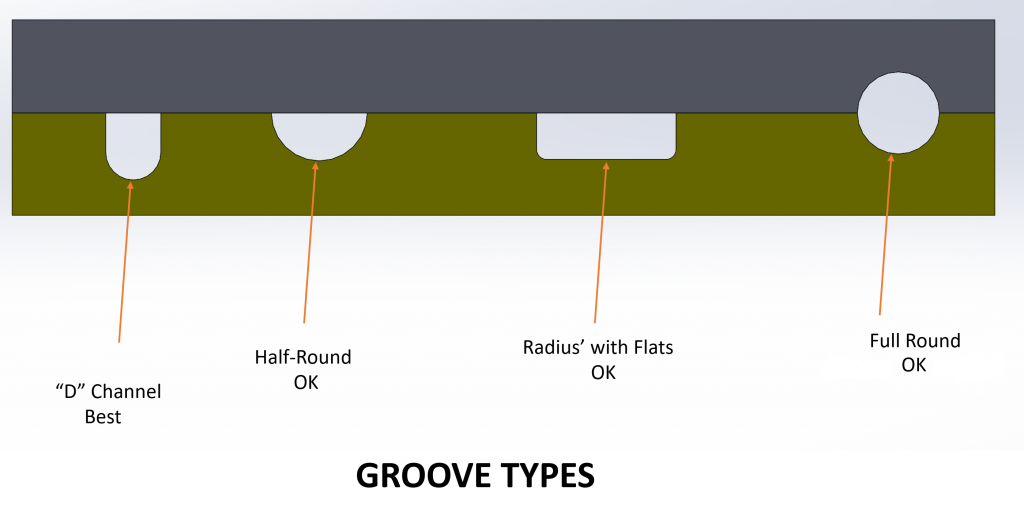Diffusion Bonded Plastic Fluidic Manifolds
A correctly designed diffusion bonded manifold can effectively create a fluidic circuit that can reduce costs, failures, and the size of your system. The fluidic circuit essentially replaces a complex tubing network of connectors, fittings, and seals. The same flow logic schematic can be designed into a manifold.
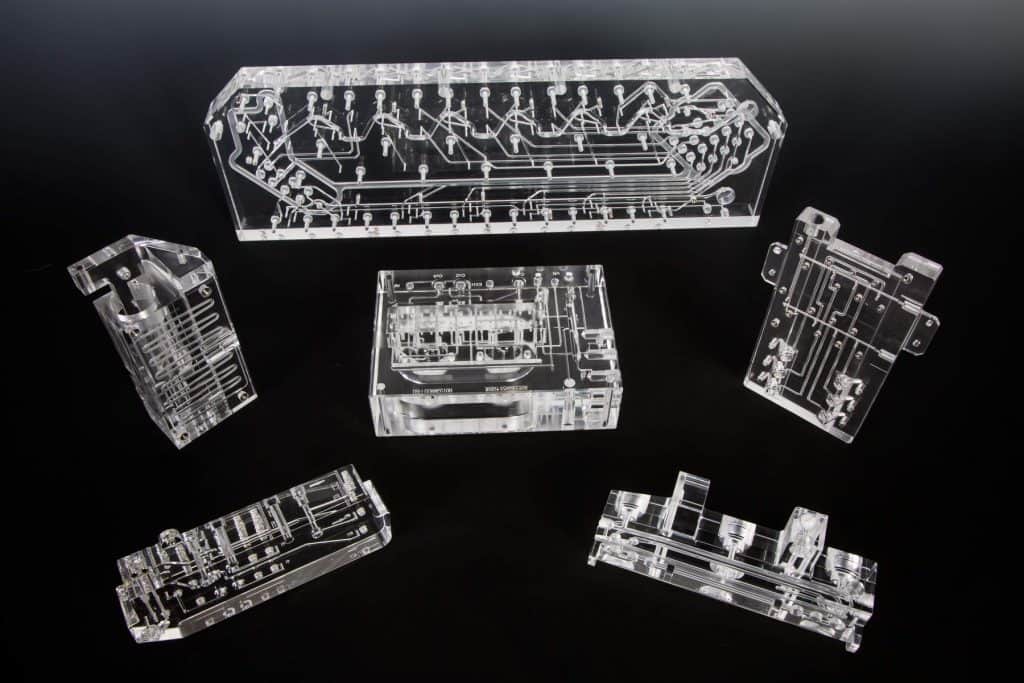
Diffusion bonded manifolds are most commonly produced in acrylic (PMMA), Ultem (polyetherimide), polysulfone, and polycarbonate polymer stock. Ultem and polysullfone are high performance materials for applications requiring higher temperature and/or chemical resistance. The manifold is designed in layers in a 3-dimensional network that provides connections to valves, sensors, pumps, drains, wash stations, and other fluidic components.
How Many Layers Can Diffusion
Bonded Manifolds Have?
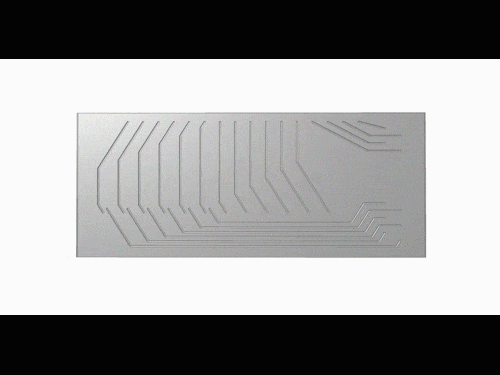
The diffusion bonding process can accommodate multiple layers beyond just two. Most designs can be configured to operate effectively on 3 layers. The more layers you have, the higher the cost of manufacturing and tooling. The complexity of the fluidic circuit will dictate the number of layers that you will require. Connections, valve mounting locations, and ports can be configured on all planes on the top, bottom, and sides of the manifold. Attempting to engineer and manufacture a plastic diffusion bonded manifold with 4,5, and 6 layers would need to be evaluated by CMG professionals for manufacturability.
Can Opaque & Clear Layers in Acrylic Be Used for Diffusion Bonded Manifolds?
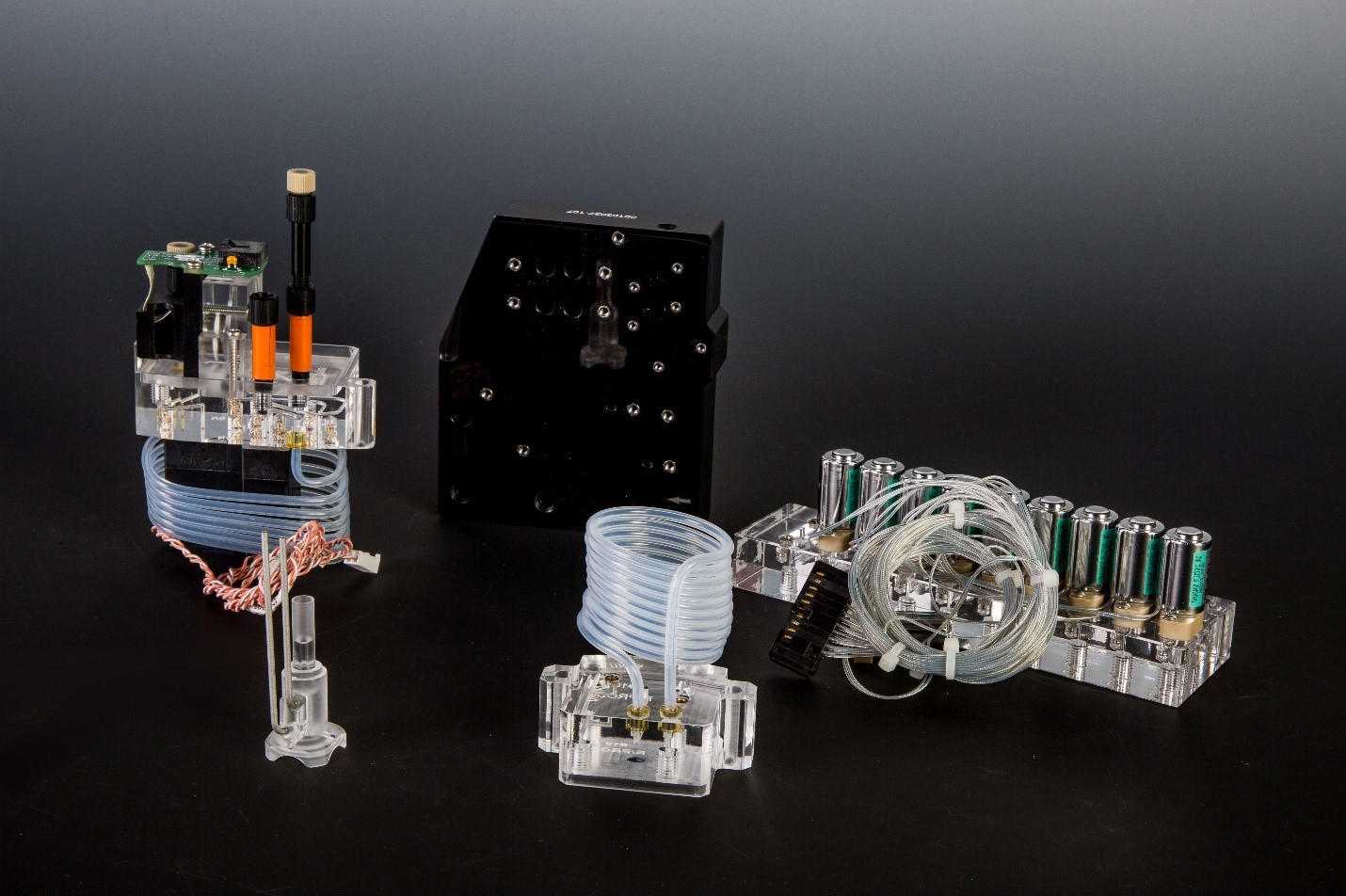
Acrylic manifolds are commonly produced in clear polymer stock to allow for verification of the flow. It is possible to integrate colored polymer stock for special optical processing requirements. The entire part could be one color or mixed to one of the bonded layers in a multiple stack configuration.
Flow Path Cross-Section Shapes for
Diffusion Bonded Manifolds
The most common and desirable shape is the “D” cross-section. It gets its name from the shape that is created from the surfaces with a combination of a half round and straight side walls. This is located on one plane of the layer and doesn’t have a matching feature on the contacting plane of the next layer. This minimizes the complexity of a “matched” fit of the channel on both layers.
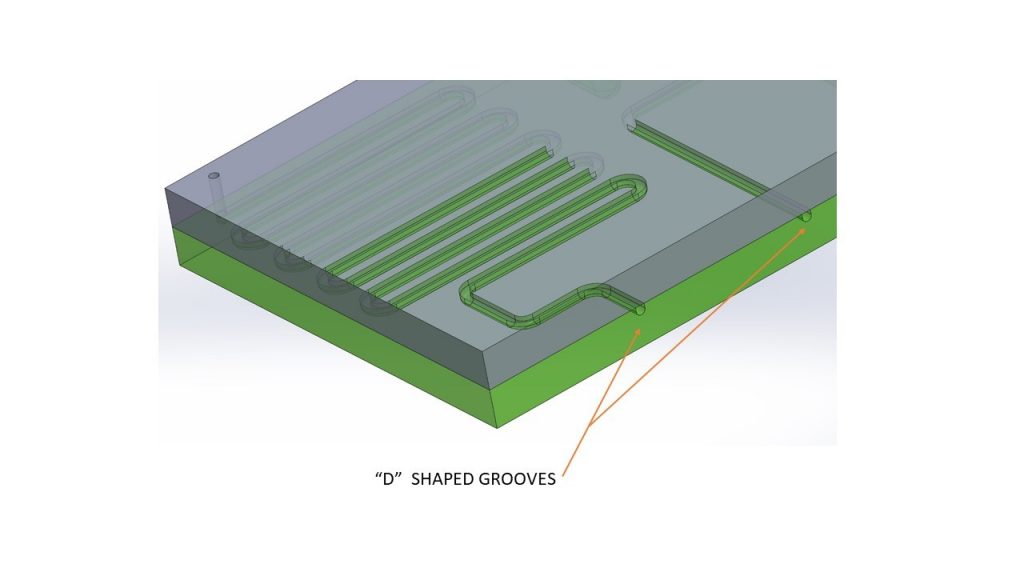
This is also an effective use of the cutting tools used to make the paths. It is important to maintain some form of radiuses in all corners for optimizing the cutters and also for achieving a laminar flow. If a full round is required, this feature would be in both halves of the interfacing layers. This is the most expensive form of groove construction.
What Tolerances Can Be Achieved for Diffusion Bonded Manifolds?
There are numerous factors that contribute to the tolerances for a manifold. It is recommended that you consult the professionals at CMG early in the design process to optimize your manifold.
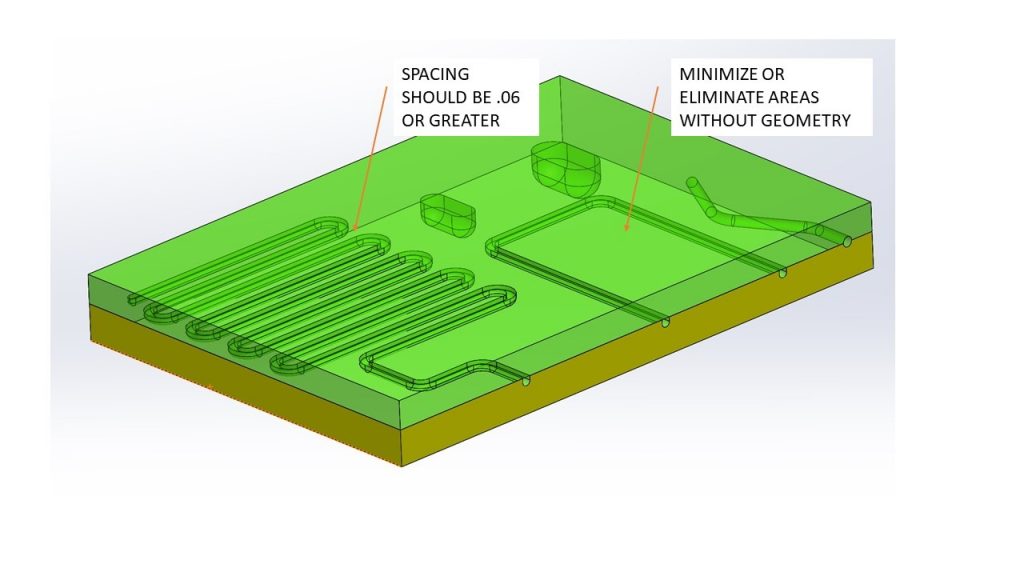
Some things to consider in your design for maximum dimensional repeatability:
- Maintain if possible equal layer thicknesses
- Maximize the geometry on the internal faces
- Limit large open areas between channels & features
- When possible maintain features on one face of each layer
- Allow at least a .060″ land area between grooves and features
- Acrylic manifolds will provide tighter tolerances than Ultem

